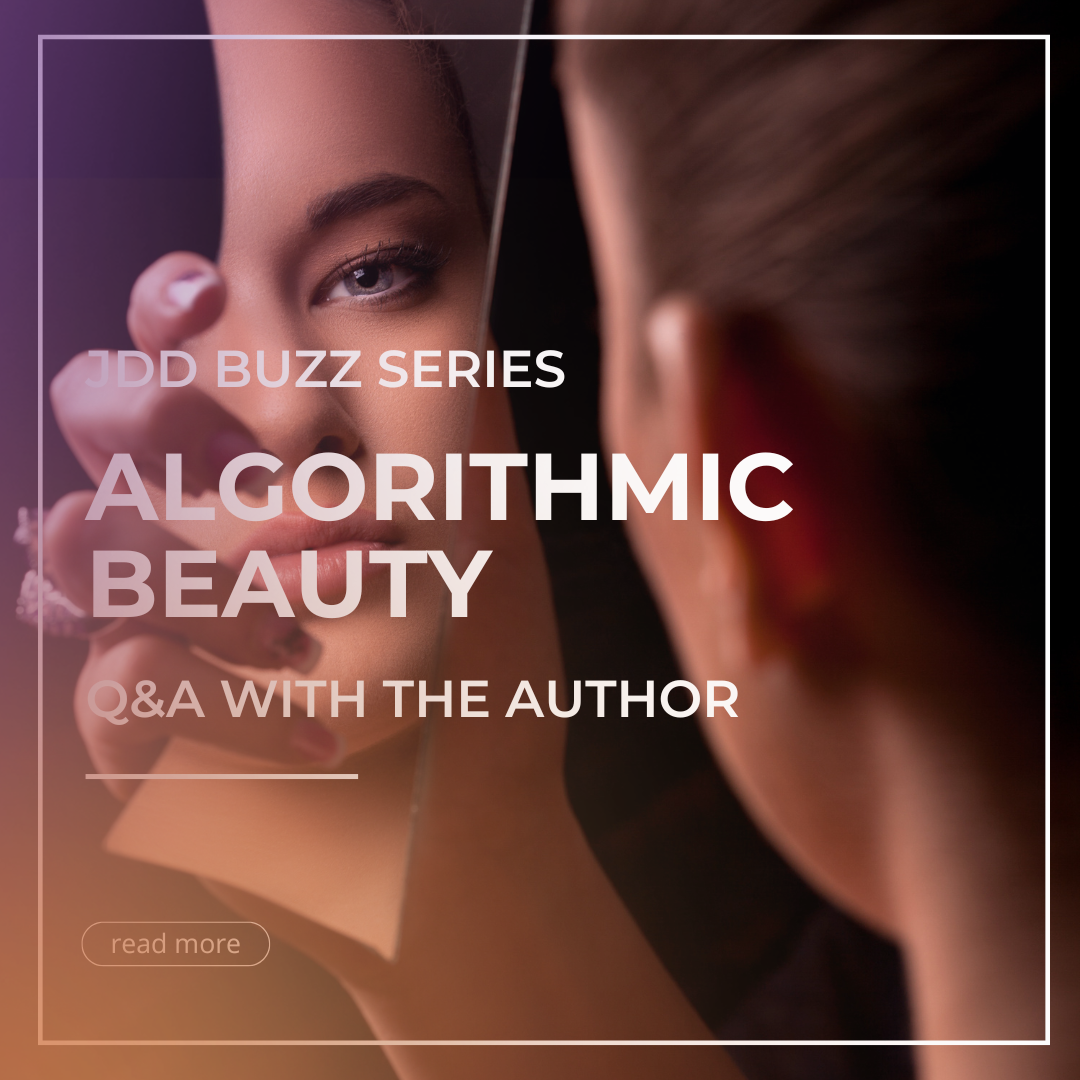A study in the September Journal of Drugs in Dermatology addressed the impact of social media algorithms on the perception of beauty. While the golden ratio dates back to ancient Greece – and is an ages-old beauty standard for those of European ancestry – beauty ideals of facial features often change over time and vary by region. Yet access to a curated diet of images through social media may be changing what beauty looks like in an unprecedented way. In turn, these changes in beauty perceptions are influencing cosmetic patients’ aesthetic goals and which treatments they prefer.
For more about the influence of social media on beauty perceptions, I interviewed author Alisen Huang, MD, attending physician, dermatology, Gotham Health – Broadway and Brooklyn, New York, and dermatologist, CityDerm, New York.
What led you to write about the impact of social media algorithms on cosmetic patients and beauty ideals?
The rapid expansion of social media is changing the definition of beauty ideals and the aesthetic desires of patients. Artificial intelligence-driven algorithms are becoming increasingly utilized on social media platforms to control what content is being showcased. This visual diet that is fed to users influences the definition of “beauty”. The motivation for this study stemmed from a desire to uncover the mechanisms behind these algorithms to understand the influence they have on patient preference of procedures and the look patients are trying to achieve.
You investigated the recommendation algorithms of YouTube, Instagram and TikTok. How are the algorithms of these social media platforms similar and different?
Personalization models are highly dynamic and grow more sophisticated with continuous testing and learning. The specifics on how recommendation algorithms work on each social media platform would be difficult to find as the code is integral to the platform’s core business model and unlikely to be shared publicly. We do understand that in general, social media ranking works by going through several rounds of candidate selection, ranking and filtering to create a final curated feed for users. As the user interacts with the content, the activity then generates feedback that further influences subsequent feeds.
One of the issues you wrote about is misinformation. How did the platforms vary in their abilities to filter out inaccurate content?
YouTube implemented a health content shelf for medically related searches with videos from eligible sources, such as accredited health organizations, physicians and nurses.
On Instagram, sensitive or low-quality content is not eligible for recommendation. This includes content that promotes or depicts cosmetic procedures, content with exaggerated health claims, and content attempting to sell products or services based on health-related claims.
Since the submission of this manuscript, TikTok has released guidelines on addressing misinformation. The social media platform states that it relies on independent fact-checking partners to assess accuracy of content. They have also implemented warning labels on content that cannot be verified as accurate.
Algorithms for identifying and flagging misleading information will continue to evolve, hopefully through ongoing collaboration with educational institutions and subject matter experts.
You also looked at studies on the impact of social media on cosmetic procedures. What did you discover?
Several studies have suggested that social media usage is associated with dissatisfaction with personal appearance and cosmetic procedure consideration. Depending on the visual diet we are being fed by social media’s algorithms, our preferences may adapt and perpetuate particular traits, launching into a positive feedback loop with progressively exaggerated appearances selected by the algorithms and subsequent recalibration of what beauty means to the individual.
Historically, beauty definitions vary by race and ethnicity; and even with the internet bringing us closer together than ever before, the ideal appearance may be influenced by region. With the population diversity of the U.S., cultural trends may play a role in what cosmetic goals a patient would like to achieve. Given the ability of the internet to bring together the far corners of the world and its increasing access, monitoring the changes in trends from different regions may provide insight into what patients are seeking.
Why is it important for dermatology clinicians to understand how their cosmetic patients’ desires are influenced by social media algorithms?
The American Society for Dermatologic Surgery found in 2021 that dermatologists were the top influencers (28%) for cosmetic procedures, followed by a tie of 23% between social media and friends. On social media, 78% of patients follow their current or potential physician or non-physician provider, and over half (52%) of consumers were influenced to schedule an appointment based on a clinician’s social media preference. It may be important to not only keep up with current social media trends but also to maintain a social media account for patients and future patients to view.
How should the results of your study impact the way dermatology clinicians approach their cosmetic patients?
As social media usage continues to expand, it may be valuable for dermatologists to be aware of trends to better understand the patient’s perspective and motivations behind cosmetic procedures. This awareness fosters collaboration between the patient and clinician such that expectations are better understood and that outcomes are realistic.
Additionally, with the rise of social media and the rapid spread of information, awareness of who or what is controlling our visual diet is important. What is popular among the public may not be of the highest quality information nor evidence-based. As subject matter experts, we are the ones who can better educate and counsel patients to combat false information.
Did you enjoy this JDD Buzz article? You can find more here.

